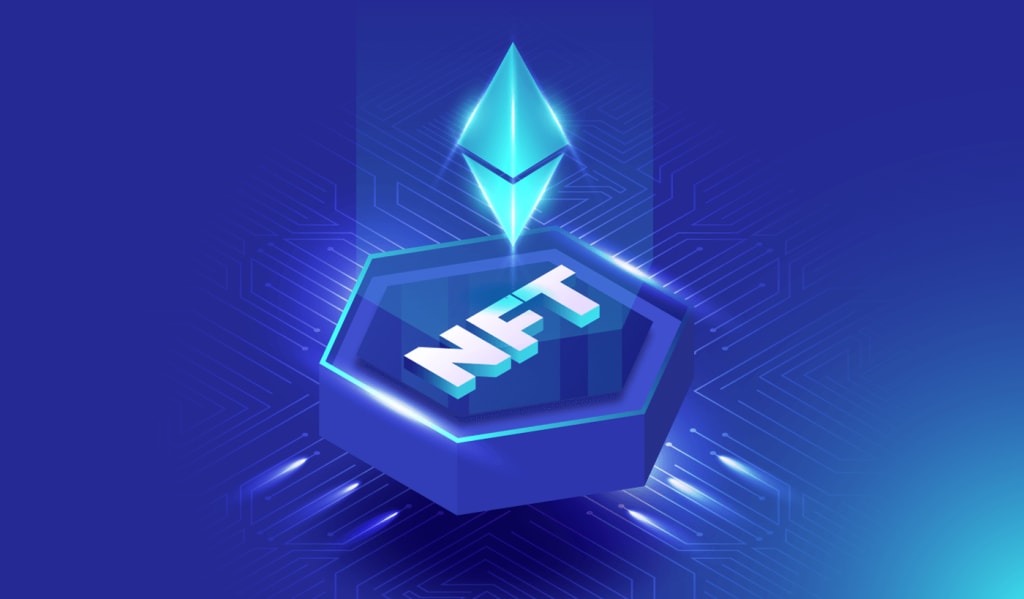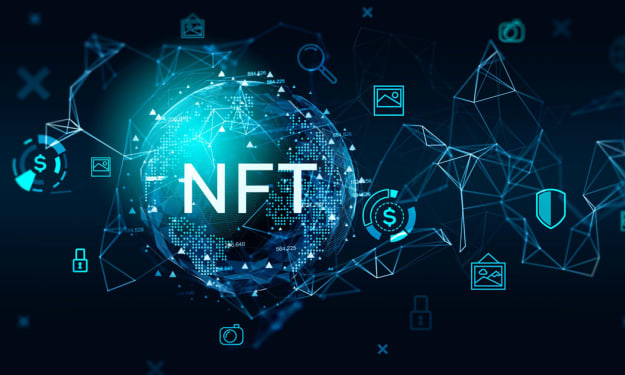
NFT underlying technology
The hidden innovation that NFT depends on — blockchain . The main public, non-tamperable, and tradable qualities of NFT depend on the current blockchain innovation.
The data structure of the blockchain is divided into a block header and a block body. Different blocks are connected through the hash value of the previous block header to form a chain structure. The block header and the block body are connected through the Merkle root field. connected. Taking Ethereum as an example, the data stored in the block header mainly includes the hash value of the parent block header, the hash value of the root node of the Merkle tree related to the current block transaction, the block difficulty value, the miner address, the block height, the Gas Upper limit, Gas usage, timestamp, Nonce value, etc. nft development The data stored in the block body includes transaction record table and uncle block, where the NFT transaction record is stored in the data record table of the block body and packaged by miners.
Introduction to NFT System
The information bundled into the block affirmed on the blockchain can’t be messed with and will be for all time put away on the chain. After the information data of NFT is affirmed on the chain, it can presently not be altered. When miners or super nodes use consensus algorithm to complete block generation, they will broadcast to the whole network through P2P protocol (P2P protocol is a distributed network protocol, which appeared earlier than blockchain technology). , the information will be updated. This mechanism realizes a decentralized distributed record, and the consensus algorithm ensures that malicious nodes cannot tamper with the information.
1. Blockchain classification
According to the degree of decentralization, it can be divided into three types of chains, namely public chains, alliance chains and private chains.
2. Consensus algorithm
The basis for blockchain to establish decentralized trust is the consensus algorithm . The ongoing standard public chain agreement calculations are partitioned into three classes, in particular PoW, PoS, and DPoS:
PoW algorithm: Bitcoin and Ethereum 1.0 use PoW algorithm, namely Proof of Work, proof of work. Taking Bitcoin as an example, the SHA256 calculation is continuously performed, and finally the node that meets the hash value of a given number of leading 0s has the right to produce a block;
PoS algorithm: Ethereum 2.0 adopts this algorithm, Proof Of Stake, proof of rights and interests, and introduces the concept of coin age. The more coins you hold, the higher the probability of getting a block. This algorithm reduces the amount of calculation and improves TPS (concurrent transactions per second) volume), sacrificing a certain degree of decentralization;
DPoS algorithm: Delegated Proof of Stake, each node pledges the tokens in its hands to vote for the most capable and reputable nodes to produce blocks. Taking the EOS blockchain as an example, the entire network votes to select 21 super nodes and 21 super nodes. Nodes take turns to produce blocks, this algorithm can greatly improve TPS, but the degree of decentralization is further reduced
3. Smart Contracts
Standard protocol: NFT is deployed on the blockchain through standard contracts such as smart contracts ERC-721 and ERC-1155 . A smart contract is a piece of executable code deployed on the blockchain. The ERC-721 standard is applicable to any non-homogeneous digital content. ERC-1155 is more used in games to identify a type of props.
Smart contract transaction trigger and execution mechanism: transaction is a bridge connecting the external world and the internal state of Ethereum, so Ethereum is also called the state machine of the transaction. After the smart contract deployment of NFT is completed, the RPC interface is called externally to access the main network of Ethereum. The miners package the transaction,Nft development company and the EVM (Ethereum Virtual Machine) finds the corresponding smart contract and executes the corresponding contract function according to the external input parameters. After the execution is completed, the status is updated on the chain.
For example: The Boring Ape NFT developer deploys the smart contract code to Ethereum, which is included and displayed on the NFT trading platform OpenSea. When one of the users initiates the purchase of the Boring Ape NFT on the OpenSea platform, OpenSea calls the RPC interface to access the Ethereum main network to send transactions Request, miners package the transaction to find the smart contract to execute, and update the status on the chain to complete the transaction.
The Ethereum relay acts as a bridge connecting the traditional server side and the Ethereum blockchain in the service cluster. The relay is responsible for the realization of related functions on the public chain, and almost covers most of the functions of the current Ethereum DApp.
The so-called RPC protocol is to standardize a data format when the client interacts with the server that implements the RPC interface. The general process of RPC interface implementation. The caller of the service serializes and encodes the function name and parameters of an RPC interface according to the standard coding method, and then sends it to the service provider, that is, the server side. The server side then deserializes it. After that, the corresponding parameters are extracted, and then the result is returned to the caller of the service by calling the relevant function.
4. NFT industry chain
The NFT industry chain includes the upstream infrastructure layer (settlement layer), the midstream project creation layer (protocol layer), and the downstream derivative application layer . The upstream infrastructure layer provides infrastructure support for NFT minting and trading. The midstream project creation layer mints NFTs according to the minting protocol and issues them in the primary market. The downstream derivative application layer derives NFT secondary markets and data around the NFT minted in the primary market. platforms and social platforms, etc.
NFT is an encrypted digital property right certificate based on blockchain technology. The casting, issuance, circulation and derivative applications of NFT require a relatively mature and usable blockchain and its underlying ecology (development tools, storage, wallets, etc.) As the underlying infrastructure support.
The NFT infrastructure layer is responsible for the recording and settlement of value, and builds the security and finality of the entire NFT ecosystem. The development space of NFT midstream and downstream applications is limited by the performance and interoperability of the upstream NFT infrastructure layer.
The construction of the NFT infrastructure layer includes point-to-point Internet protocols, platform-neutral computing description languages, data storage protocols, trustless interaction platforms, trustless interaction protocols, and transient data transmission.
The NFT ecology of Ethereum (ETH) developed earlier, forming non-homogeneous token protocol standards such as ECR721 and ECR1155, and is currently the absolute overlord of the infrastructure in the NFT field.
According to Cryptoslam’s statistics, the total transaction volume in the NFT field in the past 30 days (9.16–10.15) was 2.441 billion US dollars, of which 71.48% were based on Ethereum, and 18.52% were based on Ethereum’s side chain Ronin (mainly Axie Infinity), and the rest In addition to Solana, blockchain accounts for less than 1%
The NFT collection projects built on Ethereum have taken over 9 of the Top 10 transactions in the past 30 days (9.16–10.15), including Art Blocks, CryptoPunks and other projects, and accounted for 84 of the Top 100 in the total historical transactions . Nft generator
About the Creator
Boopathi
Digital Marketer , SEO Analyst






Comments
There are no comments for this story
Be the first to respond and start the conversation.